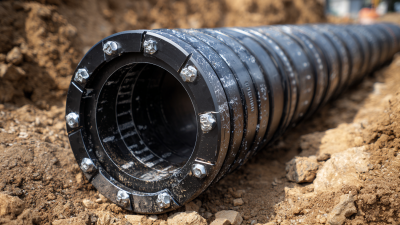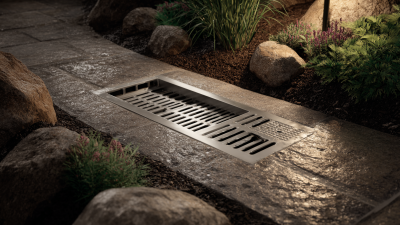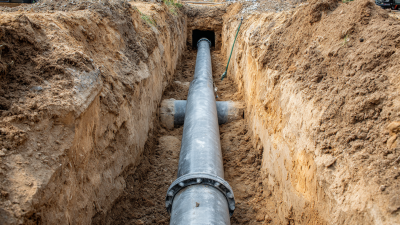The 138th Canton Fair in 2025 serves as a pivotal platform for industry professionals to uncover the latest innovations and trends in the realm of drain field pipe technology. As the demand for efficient wastewater management solutions continues to rise globally, the fair highlights cutting-edge advancements that are reshaping the landscape of drainage systems.
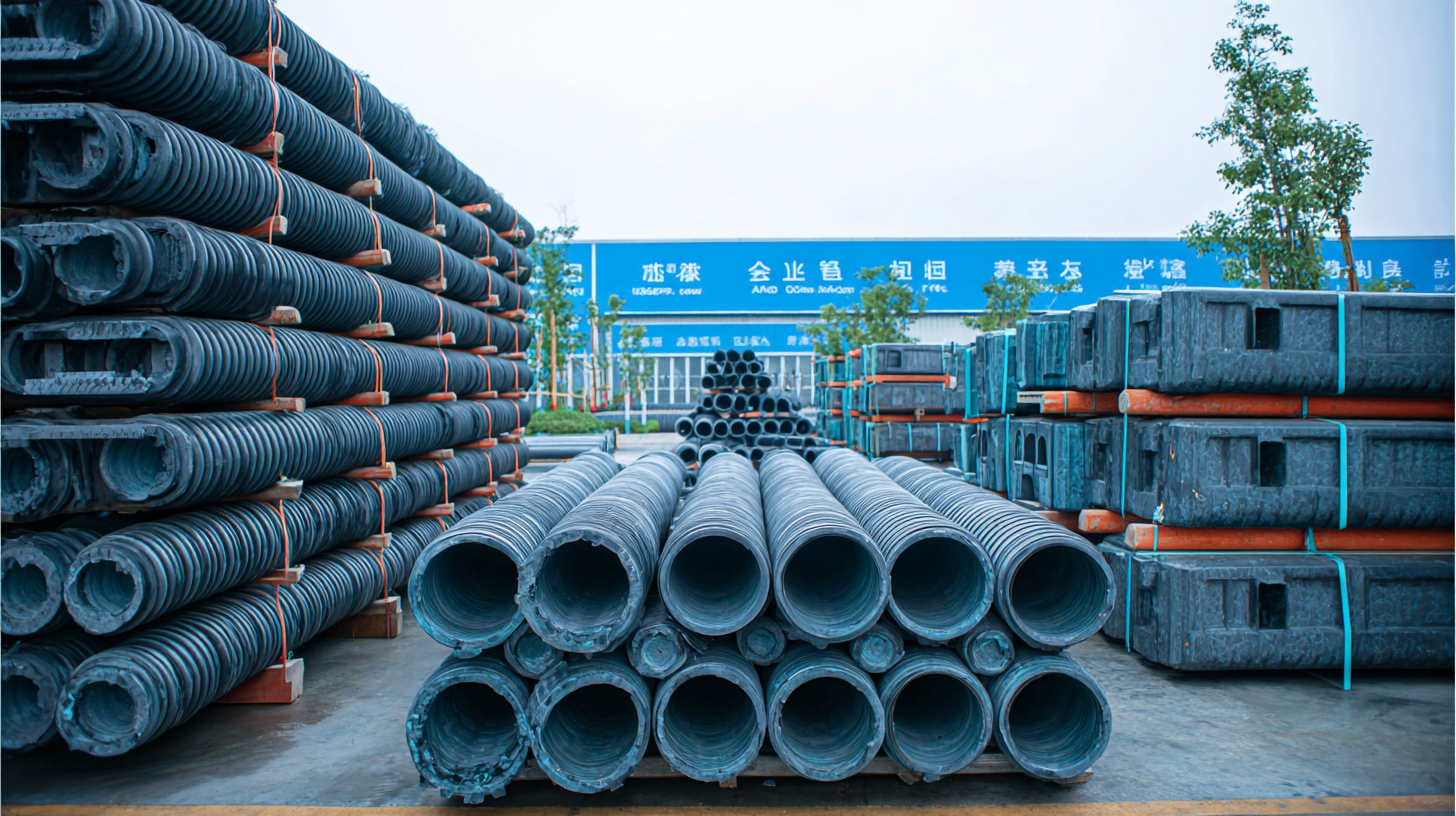
Industry experts and manufacturers are gathering to showcase their state-of-the-art products, emphasizing sustainability and durability. This introduction not only aims to explore the significant innovations in drain field pipe design and functionality but also to provide valuable insights into market trends that are guiding the future of environmental and infrastructural development.
Attendees will witness firsthand how these innovations are crucial in addressing contemporary challenges in drainage and wastewater treatment, setting new standards for efficiency and effectiveness in the industry.
The 138th Canton Fair 2025 showcased a remarkable array of innovative technologies in drain field pipe manufacturing, highlighting the industry's commitment to sustainability and efficiency. Exhibitors introduced advanced materials and designs that enhance the durability and performance of drain field pipes in various applications. A significant focus was placed on eco-friendly manufacturing processes, which aim to reduce waste and lower carbon footprints, aligning with global sustainability goals.
Moreover, attendees explored cutting-edge technologies such as smart drainage systems that utilize sensors and IoT (Internet of Things) capabilities. These systems provide real-time monitoring and data analysis, enabling more effective management of drainage solutions. Such innovations not only optimize functionality but also empower users to make informed decisions regarding maintenance and efficiency. The integration of these technologies into drain field pipe manufacturing reflects a transformative shift in the industry, paving the way for smarter, more resource-efficient solutions in the years to come.

At the upcoming 138th Canton Fair in 2025, the spotlight will be on the latest innovations in drain field pipe design, particularly emphasizing sustainability trends that are reshaping the industry. As environmental concerns intensify, manufacturers are increasingly adopting eco-friendly materials and processes in the development of drain field pipes. Biodegradable plastics and recycled materials are gaining traction, aligning product life cycles with the principles of sustainability. These advancements not only reduce environmental impact but also appeal to an eco-conscious consumer base, marking a significant shift in industry priorities.
Moreover, the design of drain field pipes is evolving to enhance efficiency and longevity. Manufacturers are focusing on optimizing water flow and minimizing clogging, which is crucial for maintaining effective drainage systems. Innovations such as improved filtration technologies and modular designs allow for easier installation and maintenance. As sustainability continues to influence consumer choices, the industry is poised to see a growing demand for products that not only mitigate environmental damage but also provide reliable functionality. This trend underscores a broader commitment to sustainability within the construction and landscaping sectors, reflecting a transformative era in drain field pipe usage.
| Innovation Type | Material | Sustainability Feature | Market Impact (%) | Adoption Rate (%) |
|---|---|---|---|---|
| Biodegradable Pipes | PLA (Polylactic Acid) | Compostable | 15 | 25 |
| Recycled Material Pipes | Recycled PVC | Energy Efficient | 20 | 30 |
| Smart Drainage Systems | Composite Materials | Sensor Integration | 25 | 10 |
| Permeable Pipe Systems | Porous Concrete | Stormwater Management | 18 | 15 |
| Modular Drainage Solutions | High-Density Polyethylene | Low Carbon Footprint | 22 | 20 |
The demand for innovative drain field pipe solutions is surging across the Asia-Pacific region, driven by rapid urbanization and an escalating need for efficient infrastructure. The global trenchless pipe rehabilitation market is expected to grow from $4.91 billion in 2025 to $6.86 billion by 2032, reflecting a robust CAGR of 4.89%. This growth is underscored by the increasing investments in urban infrastructure, which are vital for meeting the demands of burgeoning populations in metropolitan areas.
As urban centers expand, the need for reliable drainage solutions becomes critical. PVC pipes alone are projected to see significant demand growth, potentially reaching USD 107.92 billion by 2032, further emphasizing the essential role of effective drainage systems. The trend towards precision irrigation systems is also notable, with revenues expected to rise from USD 5.73 billion in 2025 to USD 9.69 billion by 2033, showcasing a diverse market for innovative pipe solutions.
Tip: For stakeholders in the construction and infrastructure sectors, keeping abreast of emerging technologies and innovations in drain field systems can provide a competitive edge. Networking opportunities at industry events, such as the Canton Fair, can unveil new trends and partnerships essential for capitalizing on market growth.
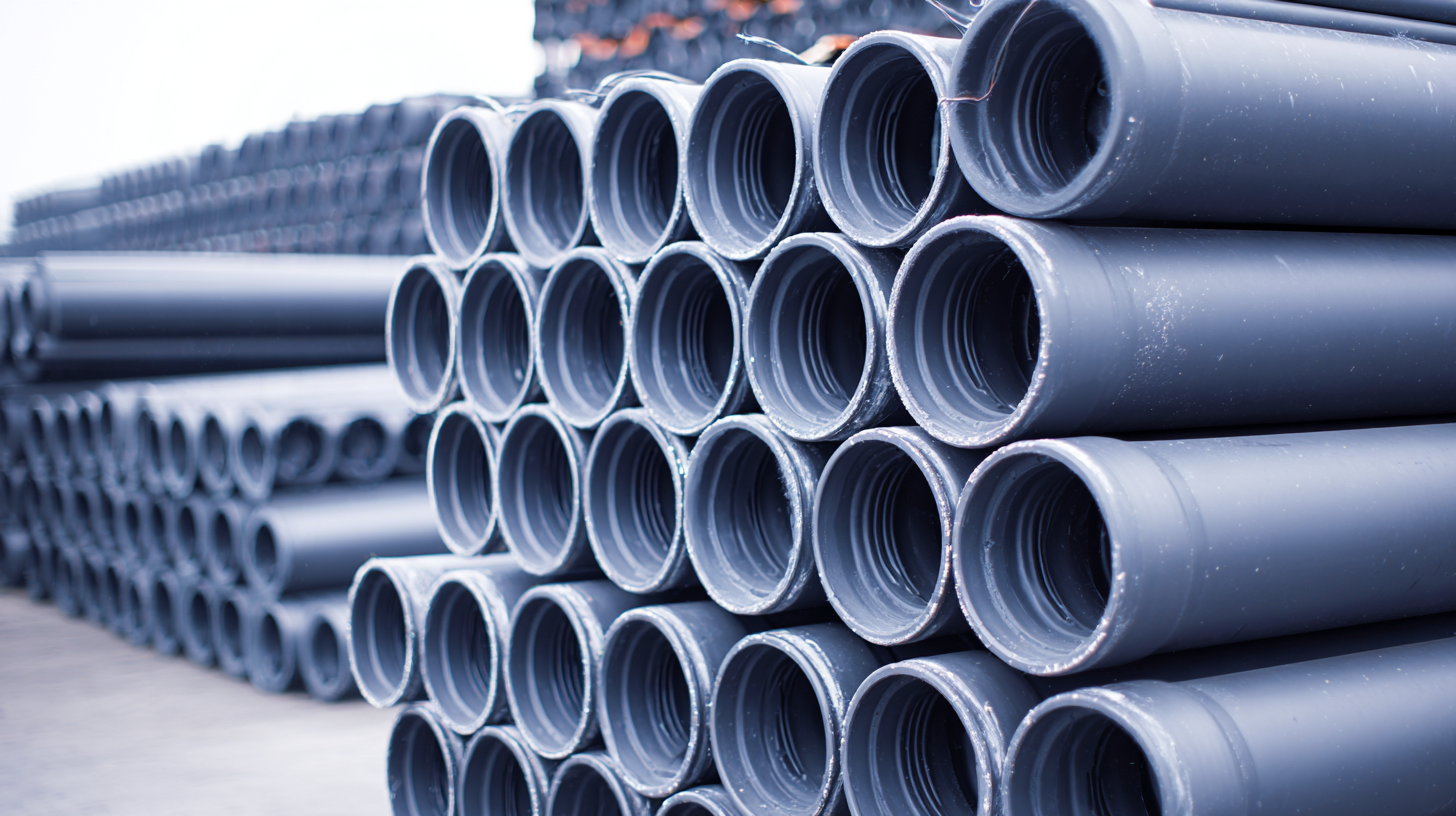
At the 138th Canton Fair in 2025, industry leaders will delve deep into the advancements in drain field pipe systems, comparing traditional and innovative approaches. Traditional drain field pipes primarily rely on perforated materials, which can lead to inefficiencies and clogging over time. According to a recent market research report by Grand View Research, traditional systems can have a failure rate of up to 30%, often caused by poor drainage and sediment accumulation in the pipe.
In contrast, advanced drain field pipe systems are designed with improved materials and engineering techniques that enhance longevity and efficiency. Innovations such as bio-infiltrative pipes and modular configurations allow for increased adaptability and better filtration, significantly reducing failure rates. A study conducted by the American Society of Civil Engineers revealed that these advanced systems can decrease maintenance costs by up to 40% over their lifecycle. As the industry moves towards more sustainable practices, adopting technology-driven solutions like these will redefine drainage management in both residential and commercial sectors.
The drain field pipe industry is poised for significant transformation as key players and innovative partnerships emerge in 2025. Leading companies, such as Advanced Drainage Systems and Prinsco, are focusing on sustainable product designs that align with global environmental standards. According to a recent report by the Global Drainage Pipe Market Research Institute, the industry's market value is projected to reach $7.5 billion by 2025, driven by increasing demands for efficient wastewater management solutions and growing awareness of environmental protection.
Partnerships between manufacturers and technology firms are instrumental in shaping the future landscape of the drain field pipe sector. Collaborations are leading to the development of advanced materials that enhance durability and performance, significantly reducing maintenance costs. The same industry report indicates that innovations, such as smart drainage systems, are expected to capture approximately 30% of the market share, reflecting a shift towards integrated solutions that monitor and optimize drainage operations in real-time. As these key players solidify their positions, they pave the way for a more resilient and efficient drain field pipe industry.



